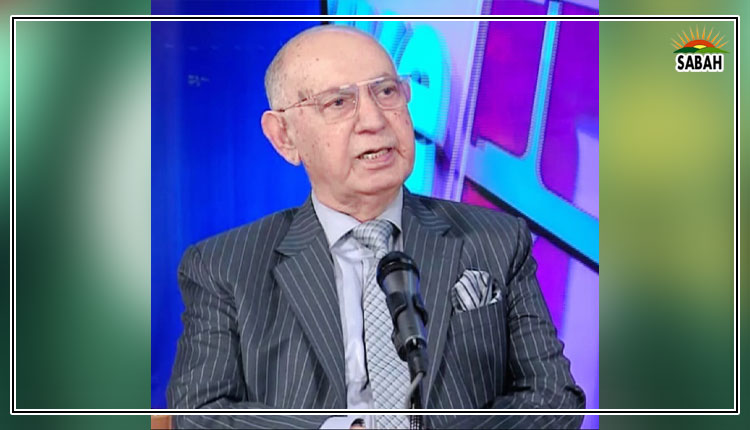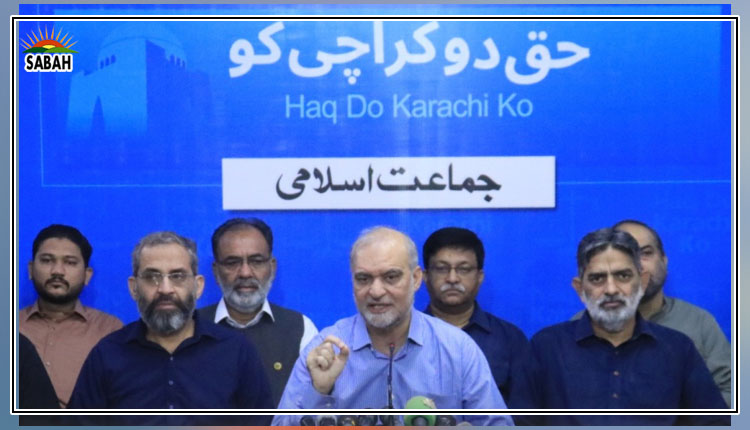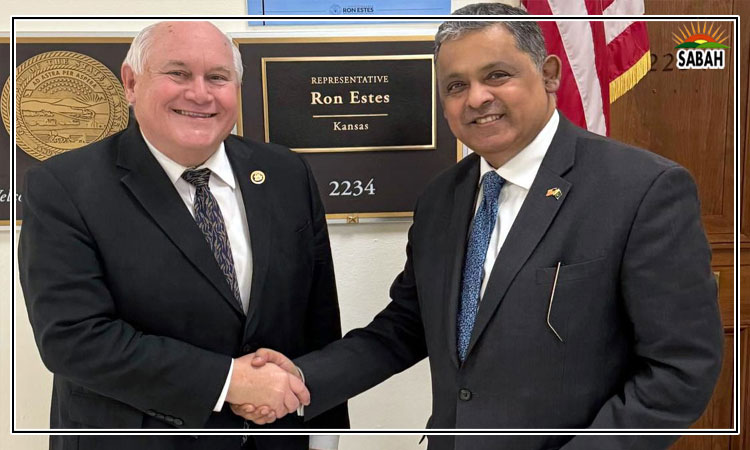Capital suggestion: Power facts ….Dr Farrukh Saleem
Fact 1: One power company supplies electricity to the government at a rate of Rs745 per unit, making it one of the highest-priced electricity suppliers globally. The power plant operates with a plant factor of 4.0 per cent, indicating its efficiency in utilizing its installed capacity.
During FY2023-24, the company received Rs6.9 billion — or Rs20 million per day, every day of the year — in capacity payments. Additionally, one of its affiliates operates with a plant factor of 18 per cent and supplies electricity at Rs65 per unit. This eye-watering expense highlights the shocking burden placed on consumers who have no other options.
Fact 2: Other companies also deserve a special prize for their astounding achievement. In FY2023-24, two affiliated power plants did not produce a single unit of electricity, yet astonishingly secured Rs24 billion in capacity payments. Truly ingenious.
Fact 3: One of the largest business conglomerates in Pakistan owns a bunch of power plants that run at under 30 per cent capacity but collectively raked in a cool Rs20 billion — or Rs55 million per day, every single day of the year — in capacity payments. That’s right, folks, they’re making enough daily to buy a new luxury car every single day. Who knew low efficiency could be so lucrative?
Fact 4: As far as capacity payments are concerned, CPEC power plants are at least 40 per cent of the entire burden, upwards of Rs800 billion a year; more than Rs2 billion a day, every day of the year. Imagine this: electricity from Port Qasim costs Rs177 per unit. Lo and behold, electricity from one of these plants costs a whopping Rs349 per unit. It’s almost as if the electricity from these power plants comes with a complimentary gold-plated light switch.
Fact 5: IPPs have never been audited by independent auditors to verify their billion-rupee claims. Nepra has proven to be the most nonprofessional electricity regulator on the face of the planet, making it look like they’re regulating our electricity sector with a magic 8-ball and a blindfold.
Fact 6: The most recent electricity bills are over Rs60 per unit, with Rs20 per unit going to government charges. These include GST, income tax, extra tax, further tax, NJ surcharge, sales tax, GST on FPA, IT on FPA, ED on FPA, Extra Tax on FPA, Further Tax on FPA, and Sales Tax on FPA. It’s like getting an electricity bill and a crash course in tax acronyms all in one — who knew flipping on a light switch could be so educational?
Fact 7: IPP capacity payments: government of Pakistan 45 per cent; CPEC 40 per cent and private 15 per cent.
Advice 1: The government of Pakistan must honour all contractual obligations, but all claims and payments must undergo rigorous independent verification.
Advice 2: If the government wants to provide immediate relief, it should reduce the Rs20 per unit in government charges.
Advice 3: Professionalize Nepra, aggressively combat electricity theft, strategically overhaul DISCOs, modernize billing and collection infrastructure and retire inefficient plants.
Advice 4: Get the government out of the power sector. Transition towards a competitive power market with multiple sellers and multiple buyers.
The writer is a columnist based in Islamabad. He tweets/posts @saleemfarrukh and can be reached at: farrukh15@hotmail.com
Courtesy The News











